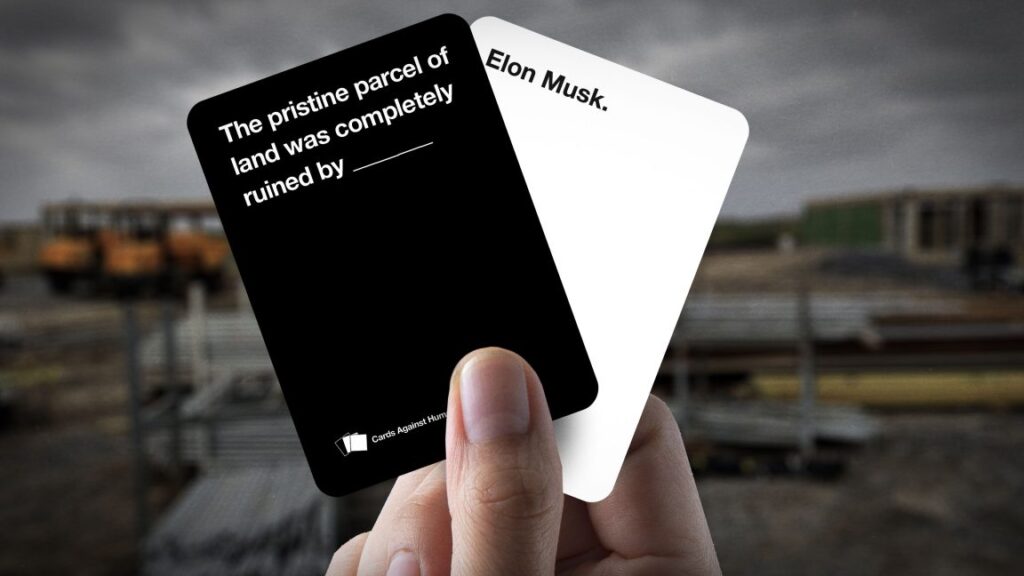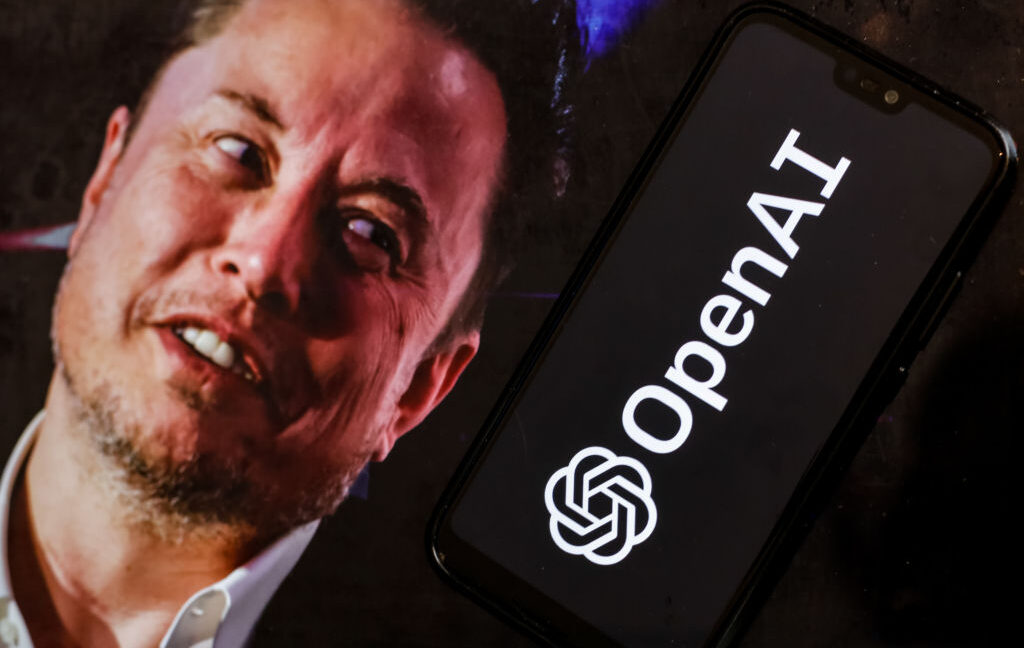Cards Against Humanity lawsuit forced SpaceX to vacate land on US/Mexico border
A year after suing SpaceX for “invading” a plot of land on the US/Mexico border, Cards Against Humanity says it has obtained a settlement and will provide supporters with a new pack of cards about Elon Musk.
The party-game company bought the land in 2017 in an attempt to stymie President Trump’s wall-building project, but alleged that SpaceX illegally took over the land and filled it with construction equipment and materials. A September 2024 lawsuit filed against SpaceX in Cameron County District Court in Texas sought up to $15 million to cover the cost of restoring the property and other damages.
Cards Against Humanity, which bought the property with donations from supporters, told Ars today that “we’ve been in negotiations with SpaceX for much of the last year. We held out for the best settlement we could get—almost until the trial was supposed to start—and unfortunately part of that negotiation was that we’re not allowed to discuss specific settlement terms. They did admit to trespassing during the discovery phase, which was very validating.”
A court document shows that SpaceX admitted it did not ask for or receive permission to use the property. SpaceX admitted that its “contractors cleared the lot and put down gravel,” parked vehicles on the property, and stored construction materials. An Associated Press article yesterday said that “Texas court records show a settlement was reached in the case last month, just weeks before a jury trial was scheduled to begin on Nov. 3.”
The game company said a victory at trial wouldn’t have resulted in a better outcome. “A trial would have cost more than what we were likely to win from SpaceX,” the company’s statement to Ars said. “Under Texas law, even if we had won at trial (and we would have, given their admission to trespassing), we likely wouldn’t have been able to recoup our legal fees. And SpaceX certainly seemed ready to dramatically outspend us on lawyers.”
“They packed up the space garbage”
The company also provided this update to donors:
Dear Horrible Friends,
Remember last year, when we sued Elon Musk for dumping space garbage all over your land, and then you signed up to collect your share of the proceeds? Also, remember how we warned you that we’d “probably only be able to get you like two dollars or most likely nothing”?
Well, Elon Musk’s team admitted on the record that they illegally trespassed on your land, and then they packed up the space garbage and fucked off. But when it comes to paying you all, he did the legal equivalent of throwing dust in our eyes and kicking us in the balls.
Instead of money, Cards Against Humanity said it will provide its “best, sexiest customers” with a comedic “mini-pack of exclusive cards all about Elon Musk” that can be obtained via this sign-up link. “P.S. Soon, the land will be returned to its natural state: no space garbage, and still completely free of pointless fucking border walls,” the company said.
Cards Against Humanity lawsuit forced SpaceX to vacate land on US/Mexico border Read More »












